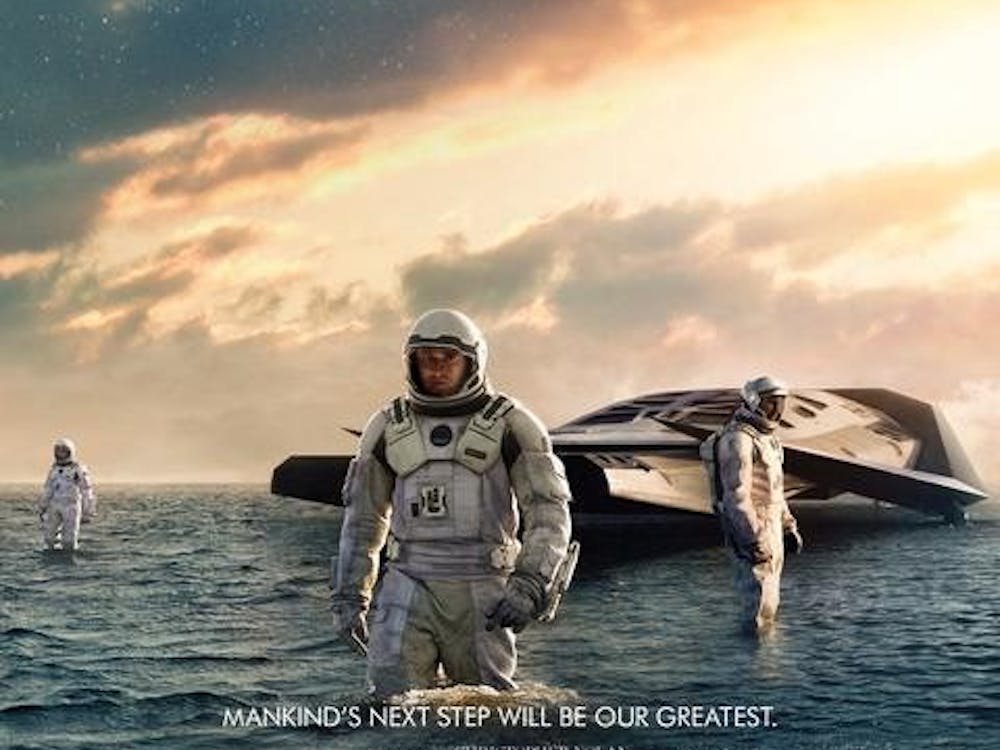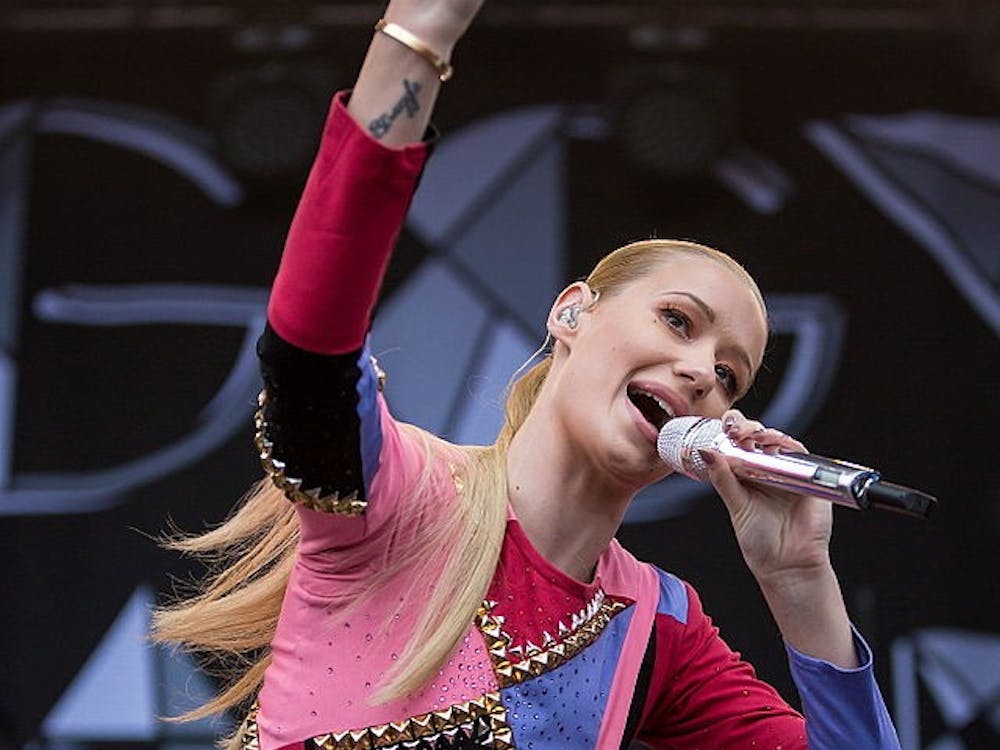In the United States, we are very familiar with talent contests. Shows like American Idol and Dancing With the Stars have become mainstays on American television. In terms of longevity and viewership, however, these shows have nothing on the Eurovision Song Contest.
Eurovision was conceived in 1950, when Europe was struggling to rebuild itself in the wake of World War II. Marcel Bezençon, a Frenchman working for the European Broadcasting Union, came up with the idea for a contest in which each country in Europe would designate someone to write a song. Each artist would perform his or her song at an event that would be broadcast throughout the continent. The first contest was held in Lugano, Switzerland, in 1956, with a total of seven countries participating.
Today’s Eurovision retains the same basic format. The number of countries participating has grown to 42, requiring two semifinals to be held before the final. After each song is performed at one of the events, each country casts votes for its favorite songs in descending order: 12 to the favorite song, 10 to the second favorite, then eight to one points for the rest. A country cannot vote for its own song. The EBU recently announced changes in the voting system to prevent bloc voting among different regions of Europe, like in last year’s contest when Sweden cast its top three votes for Finland, Norway and Denmark, three of its closest neighbors.
2008’s competition was loaded with talented artists and great songs. This year, the talent pool is a bit thinner, but there are quite a few memorable entries. One of my personal favorites this year is Switzerland, who featured the Lovebugs performing “The Highest Heights.” The song features an interesting version of the airy rock style that bands like U2 popularized. Another strong entry comes from Finland, which spotlights the band Waldo’s People performing their song “Lose Control,” an electronic dance pop extravaganza.
One of the most interesting things about Eurovision is that it showcases the tremendous versatility of styles in European popular music. Don’t get me wrong, I like American pop music, but much of it sounds the same, with industrial rap-influenced beats and singers with astonishingly similar voices. European pop music experiments with many different influences, like techno (the aforementioned Finnish entry) and classical (Slovakia’s “Love Symphony”). One song, Germany’s “Miss Kiss Kiss Bang,” even features a 1920s swing band in the background, something that would never be found in an American pop song.
Eurovision is the one of the most-watched TV shows in the world, with audience figures quoted between 100 million and 600 million in recent years. To give you an idea of how huge of an audience that is, consider that the last year’s Super Bowl reached about 98.7 million households.
Preview videos for each country’s entry are being added every day at www.eurovision.tv. Anyone who wants to expand his or her musical horizons should definitely check it out.






